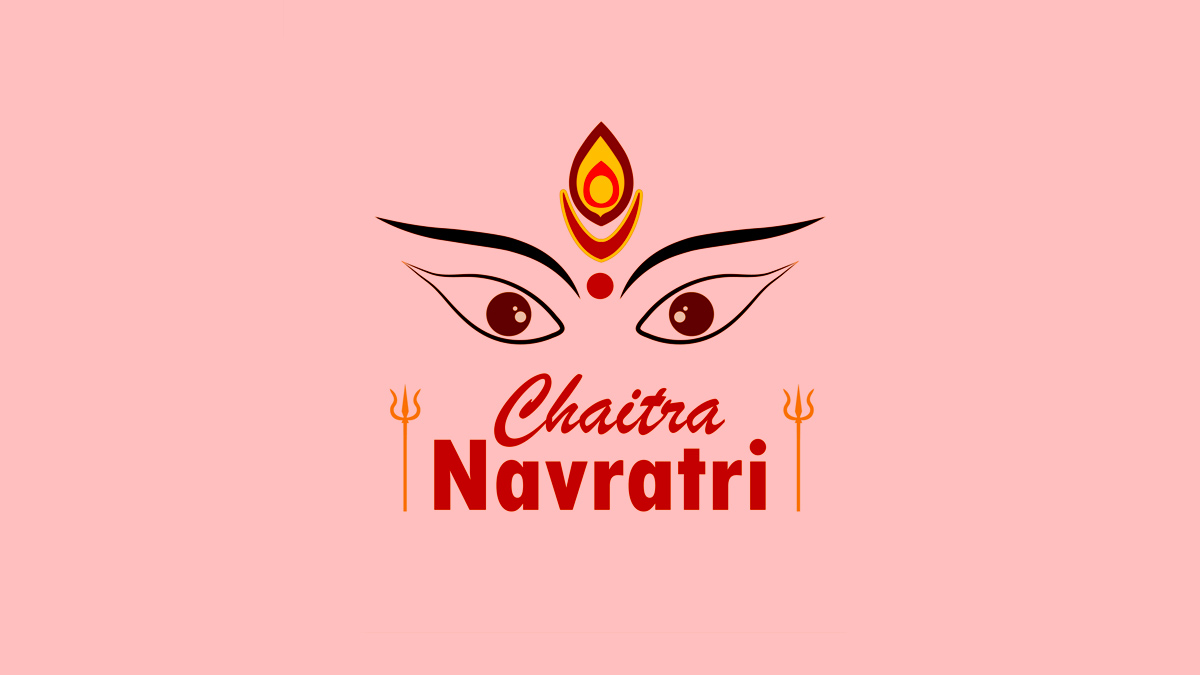Hanuman Jayanti
Hanuman Jayanti is an auspicious festival celebrated by Hindus across India to commemorate the birth of Lord Hanuman. This festival holds immense significance and is observed with great fervor and enthusiasm in various parts of the country.
Lord Hanuman is a hero and a god in Hindu religion, known for his strong devotion to Lord Rama, incredible strength, and humility. People have love and respect him for many years from now, finding comfort and guidance. This article talks about Lord Hanuman, the importance of worshipping him, and how it benefits us.
Lord Hanuman has many names like Anjaneya, Maruti, and Bajrangbali, each showing different qualities of his. These names remind us of his brave deeds, his love and service to Lord Rama, and his power to remove problems from our lives. Below are the names our lord Hanuman is also known as:
Anjaneya – Son of Anjana.
Maruti – Son of Maruti (the wind god), indicating his celestial origin as the son of the wind god, Vayu.
Bajrangbali – The strong one (bali) with limbs (anga) as hard as a vajra (thunderbolt); this name signifies his immense strength.
Hanumat – Another name that denotes his monkey form.
Pavanputra – Son of Pavan (the wind god); similar to Maruti, highlighting his celestial lineage.
Kesari Nandan – Son of Kesari, his father, and thus denoting his lineage.
Mahavira – The great warrior, emphasizing his unparalleled bravery.
Sankat Mochan – The remover of sorrows, highlighting his role in alleviating the difficulties of his devotees.
Ramdoot – The messenger of Lord Rama, denoting his service to Lord Rama
Anjaniputra – Son of Anjani, similar to Anjaneya, indicating his maternal lineage.
Balibima – With immense power, reflecting his strength and valor.
Bhaktavatsala – One who is affectionate towards his devotees, indicating his love and care for those who worship him.
Danta – The calm one, denoting his controlled strength and disciplined character.
Manojavam – He who has the speed of the mind, referring to his ability to travel swiftly.
Prabhanjana – One who breaks or destroys, symbolizing his role in the destruction of evil.
How to Worship Lord Hanuman
Worshipping Lord Hanuman involves certain rituals and items like sindoor (vermilion), oil lamps, betel leaves, sweets (especially laddus), and the Hanuman Chalisa. These practices not only show our respect to him but also help us feel closer to God and make our minds peaceful.
- Sindoor (Vermilion Powder): Lord Hanuman is known for his love for Sindoor. It’s applied to his idol, symbolizing energy, vitality, and respect. According to legend, seeing Sita applying sindoor in her hair, Lord Hanuman inquired about it and learned it was a symbol of her devotion and love for Lord Rama. In response, Lord Hanuman covered his entire body with sindoor to express his devotion to Rama, which is why devotees offer sindoor during worship.
- Oil and Lamp: Lighting a lamp with sesame oil is a key part of Hanuman Pooja, as it symbolizes purity and the dispelling of darkness or ignorance. The oil lamp represents leading a devotee from darkness to light.
- Betel Leaves (Paan) and Betel Nuts: Offering betel leaves and nuts is a traditional part of many Hindu rituals, symbolizing longevity and prosperity.
- Flowers: Marigold and red roses are commonly offered to Lord Hanuman. Flowers are a universal symbol of devotion, purity, and nature’s beauty, contributing to a positive and vibrant environment for worship.
- Clothes or a Cloth: A piece of red cloth is often offered to Lord Hanuman, as red is considered auspicious and symbolizes action and courage.
- Prasad (Offering): Sweets, particularly laddus, are offered as Prasad. It’s believed that offering sweets pleases Lord Hanuman and brings the devotee closer to the deity through the sharing of food.
- Fruits: Offering fruits, especially bananas, is a common practice. Fruits symbolize health, prosperity, and are a sign of offering one’s harvest to the deity before partaking it themselves.
- Chanting and Reading Scriptures: Reciting Hanuman Chalisa, Sundarkand from the Ramayana, Hanuman Ashtak, and Bajrang Baan are integral to the pooja. These texts praise Lord Hanuman’s exploits and seek his protection and blessings.
- Camphor and Incense Sticks: Lighting camphor and incense sticks during the pooja purifies the environment and fills it with a divine fragrance, symbolizing the presence of Lord Hanuman.
- Coconut: Breaking a coconut before the deity is a symbolic act of breaking one’s ego in the presence of the divine, a common ritual in Hindu worship.
- Sacred Thread (Mauli): Tying a red or orange sacred thread symbolizes protection and blessings from the deity. It’s often tied around the wrist of devotees or around the murti (idol) of Lord Hanuman.
- Water: A small vessel of water is kept during the pooja to purify oneself and the pooja items, symbolizing cleanliness and purity.
The Magic of Hanuman Chalisa
The Hanuman Chalisa is a special poem written by Tulsidas that praises Lord Hanuman. Reading it regularly is believed to solve our problems, protect us from harm, give us courage, and keep us healthy. It’s a way to fill our lives with positive energy.
- Removal of Obstacles: It is believed that chanting the Hanuman Chalisa can help remove obstacles from one’s life, as Lord Hanuman is considered the remover of impediments and the granter of wishes and desires.
- Protection from Evil Forces: The hymn is said to offer protection against negative energies and spirits. Lord Hanuman’s devotion to Lord Rama is seen as a source of immense strength that can shield devotees from harm.
- Courage and Strength: Reciting the Chalisa is thought to imbue the devotee with courage and strength, inspired by Lord Hanuman’s own fearless and strong demeanor, helping them face challenges and difficulties in life.
- Promotes Mental and Physical Well-being: The act of chanting or listening to the Chalisa can have a calming effect on the mind, reducing stress and anxiety. It’s also believed to promote physical health and healing.
- Development of Devotion and Faith: Regular recitation of the Hanuman Chalisa can deepen a devotee’s faith and devotion, not only towards Lord Hanuman but also in the divine in general, enhancing one’s spiritual journey.
- Improvement in Concentration: The disciplined practice of chanting the Hanuman Chalisa can improve concentration and focus, benefiting meditation and daily life activities.
- Achievement of Success: Lord Hanuman is also worshiped as a deity of learning and intellect. It’s believed that chanting the Chalisa can lead to success in exams, career, and personal endeavors by blessing one with wisdom and knowledge.
- Purification of the Aura: The vibrations created by the chanting of the Chalisa are said to purify the aura and the surroundings, creating a positive and spiritual environment conducive to personal growth.
- Alleviation of Saturn-related Troubles: It’s believed that chanting the Hanuman Chalisa on Saturdays can mitigate the adverse effects of Saturn (Shani), as Lord Hanuman is known to have rescued Shani Dev from the clutches of Ravana, earning his gratitude.
- Fosters a Sense of Community: Group recitations of the Chalisa can foster a sense of community and collective devotion, strengthening social bonds among devotees.
Bajrang Baan and Sankat Mochan: Special Prayers
The Bajrang Baan and Sankat Mochan are two prayers that praise Lord Hanuman’s strength and his ability to remove sadness and troubles. People read these to get protection from bad things, to solve tough problems quickly, and to succeed in what they do. These prayers teach us to have faith during hard times.
Bajrang Baan
The Bajrang Baan is a powerful prayer, a hymn of praise, composed by Tulsidas to request Lord Hanuman’s assistance in removing extreme adversities. It is believed to possess immense protective power and is recited by devotees to overcome significant challenges and obstacles. Here are some of the benefits associated with the Bajrang Baan:
- Protection from Negative Forces: It is believed to offer protection against ghosts, evil spirits, and negative influences.
- Relief from Severe Troubles: Devotees recite the Bajrang Baan to get relief from severe afflictions and to overcome difficult situations.
- Strength and Courage: Reciting this scripture instills strength, courage, and confidence in devotees, empowering them to face life’s challenges.
- Quick Resolution of Problems: The Bajrang Baan is often turned to for immediate intervention and resolution of pressing issues.
- Spiritual Growth: Engaging with this prayer encourages spiritual growth and a deeper connection with Lord Hanuman.
Sankat Mochan
The Sankat Mochan, another composition by Tulsidas, consists of verses that describe the legendary feats of Lord Hanuman, focusing on his ability to remove sorrows and alleviate distress. The name “Sankat Mochan” itself translates to “reliever of sorrows.” Here are some benefits attributed to the recitation of the Sankat Mochan:
- Relief from Difficulties: It is particularly recited to overcome sorrows, pains, and conflicts in life.
- Removal of Obstacles: Devotees believe that reciting Sankat Mochan can clear obstacles from their path, leading to a smoother life journey.
- Blessings for Success: It is said to bring success in endeavors, examinations, and professional life by blessing devotees with wisdom and perseverance.
- Protection during Travels: Lord Hanuman is also a protector of travelers, and reciting the Sankat Mochan is believed to ensure safety during journeys.
- Peace of Mind: The verses provide peace and calm, helping devotees to overcome stress and anxiety.
Lord Hanuman’s story teaches us about loyalty, bravery, and being selfless. In today’s busy world, his teachings help us find the right path and give us peace of mind. His worship encourages us to be better people, filled with courage and kindness.
Lord Hanuman’s presence in our lives inspires us to face challenges with strength and faith. His worship through prayers and chants brings us closer to divine power, giving us peace and courage. As we remember him in our daily lives, we find the support and guidance to overcome any obstacle.
By: Ms. Aditi Sharma (Assistant Manager – ATF & Insurance)




